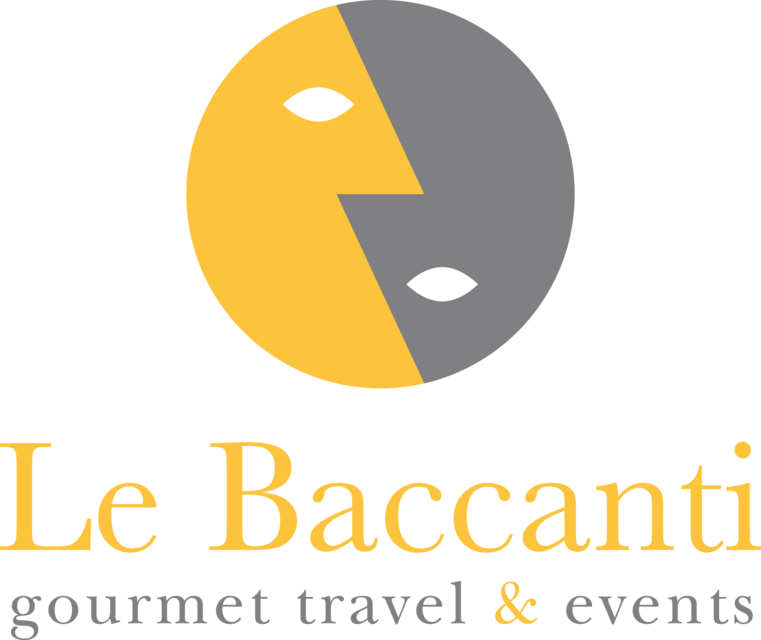From about the year 1000 onward for the next five and a half centuries, Florence and Siena, forty-two English miles apart by the shortest road, plotted, intrigued, skirmished and fiercely warred against each other more or less incessantly, until the Florentine Medici duke Cosimo I put paid to all that in 1555 by conquering Siena once and for all and adding it to his dukedom. Not surprisingly, the intervening lands here mountainous and salubrious, there swampy and malarial or sandy and barren, but for the most part gently rolling, riotously fruitful and in 1555 still widely covered by primaeval forests were dotted with fortifications great and small manned by one side or the other. The simplest were chains of look-out towers on hilltops that could sound the alarm in case of approaching enemies. Then there were small walled and towered frontier forts manned by a dozen or two men-at-arms and populated by bevies of female slaves and gaggles of babies and children. Here and there such places grew into small but stable rural communities.One of these was Monteriggioni (Montay-ree-joe-nee), an ancient outpost, a keeper-of-a-beady-eye on the perfidious Florentines, reinforced between 1211 and 1219 by the present circle of walls with its fourteen towers.. Its importance lay in the control of this section of one of Europeeuros great north-south arteries, the Via Francigena (frahn-chee-jay-nah) see next page. Though very small, it is Italyeuros best preserved and only complete, uninterrupted and relatively little-restored example of mediaeval vertical curtain walls that were an adequate defence against bow-and-arrow-armed infantry and the smaller sorts of siege engines, but of no use whatever against the smash-all, pierce-all cannon balls that had come into universal use by 1500. Monteriggioni had nearly outlived its military usefulness when Columbus first sighted land, which is doubtless why after 1555 the Florentines didneurot trouble to pull it down, much to our benefit. Then the place sank into four centuries of decay, dismal poverty and rural torpor, not to reawaken until after World War Two.The interior is disappointing if one expects to find a full-blown mediaeval architectural town fabric. The buildings are dull and, by Tuscan standards, mostly recent, meaning after 1700. Nevertheless, there is connoisseurseuro interest in the fact that it is one of the countryeuros only five surviving walled military installations of this period that preserve all around the foot of the walls as well as among several houses the large areas destined for growing grains, vegetables and fruit and for keeping sheep, goats and chickens in times of siege nearly everywhere else such precious space within the walls space has long since been built over. Two wells, still active, provided ample water. Thus self-sufficient Monteriggioni, often besieged, could withstand at least one recorded two-year attack in 1323-25 without suffering famine.Winding a tortuous course of eleven hundred English miles from Canterbury to Rome and requiring ten to fifteen footsore weeks to complete if all went well, the Via Francigena (euroRoad through the Frankish Tribeseuro see the preceding page) was one of the great pilgrimage treks of Christendom for seven centuries, as busily trafficked by weary but hopeful seekers of redemption as was the Silver Road to Spaineuros Santiago de Compostela. Most of it was a narrow foot or mule path, rocky, dusty or awash in ankle-deep mud. Here and there it coincided with skewered remnants of Roman paving. Crossing Alps and glaciers passable for but four months a year and then only by the hale and hearty, it was blocked by floods and avalanches, a-crawl with cut-throats and slave hunters, pullulating with loathsome diseases and lined with graves and cadavers, and it often vanished into pestilential swamps, sere deserts and ominous forests. The oldest reference to it, penned by one Sigeric, archbishop of Canterbury, dates to 876. All along the way, more or less pious monks and occasionally nuns had charge of hpitaux in France, Spitel in Switzerland and Germany and spedaletti in Italy: refuges for sheltering and feeding pilgrims, succouring their wounds and illnesses and often shriving and burying them in theory all gratis, out of limpid Christian brotherly love. Mmm. One of these was the Abbadia a Isola (Ah-bah-dee-yah ah ee-so-lah), the euroAbbey on the Islandeuro, a mile or so from Monteriggioni. The aforesaid Sigeric mentions a monkish refuge there in 876. This was replaced in 1001 by a proper monastery set on an elevation above the surrounding deep and treacherous swamps that wereneurot drained until Napoleoneuros time eight hundred years on . . . to confess their misdeeds and partake of the mass, the faithful had to punt their way across stretches of turbid flows in skiffs or on rafts. The present complex dates variously to 1150-1300 and offers, besides its almost palpable atmosphere of peace and antiquity not yet overly impaired by modern intrusions, a fine baptismal fountain and an alfresco Madonna attributed to the Sienese master Duccio di Buoninsegna (d. 1319).




